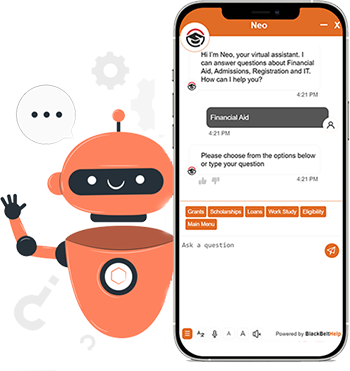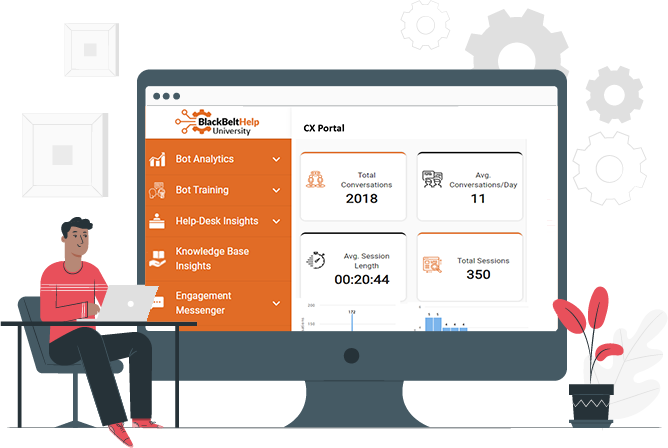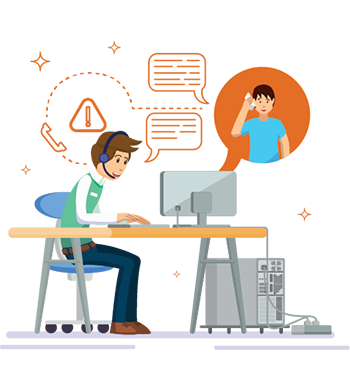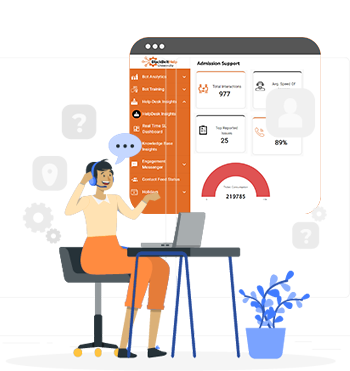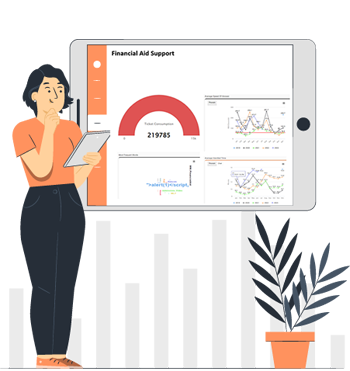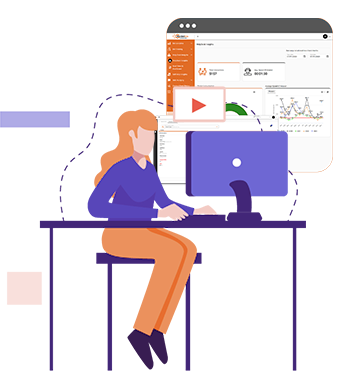The Ever Changing Higher Education Landscape
For a millennium, the sole purpose of getting an education as broadening one’s intellectual horizons, a luxury reserved only for the rich and elite. But if you look around today, that era is long gone, for good. The best and oldest universities in the world, whether the Ivy League schools or Oxbridge, once a hub of such intellectual aspirations, have long opened their doors to everyone who makes the cut. Along with this welcome alteration, the purpose of acquiring higher education has also changed. Today’s student goes to a college or a university to become equipped with skills that can land him/her a well-paying job unlike his/her predecessors who were focused solely on intellectual gratification.
Changing Student Demographics, Structures, And Processes:
Along with the structural and operational changes, the definition and means of acquiring an education have also changed in the last two decades. Earlier, pursuing a degree meant driving to college every morning to attend your lessons with 50 other classmates, today it’s logging into your online course from the comfort of your living room after tucking your kids in bed. Today, a fair share of non-traditional students (outside the 18-24 age group, parents, working individuals) study in non-traditional settings (MOOCs, distance learning) through non-traditional mediums (Mobile learning, Video-based lessons, hybrid learning ecosystems, digital textbooks). Besides technological advancements; this transformation in educational structures, modes of knowledge dissemination, and student demographics has a lot to owe to the policy changes which have made higher education more accessible.
While earning a degree was once the sole prerogative of the wealthy; today with all the grants, state aids, student loans, everyone has a shot at getting into the colleges that their earlier generations could only dream of. Testimony to it is the fact that more than 40% of the high school pass outs today start undergraduate degrees compared to the mere 4% who went to university in the 1960s.
But despite these aids, grants, and scholarships; students find themselves struggling with debts, loans, rising tuition costs which has resulted in their viewing education as another service in the market that comes at an exorbitant cost.
Student or A Consumer?
Amidst the increasing commercialization and rising education costs, a student today is as much a consumer as a scholar. Like any other connoisseur of electronic gadgets, fashion or some other commodity; students want the best value for their money. They expect a university to provide them all the skills (employment credentials, basically) that will enhance their prospects of getting a higher return on investment. While they are gaining these skills, students want the same customized, customer-centric approach they experience in the outside world.
The onus of providing this experience lies with our academic institutions which know that they have the choice to either meet these rising expectations or lose out on enrollment. As a result, higher education leaders are continuously replacing obsolete and inefficient systems and policies to make the whole learning experience more student-centric. In the same vein, One stop centers are gaining currency. Universities and colleges are making efforts to provide optimal student support by bringing all the services to a single location, whether physical or virtual. For example, earlier a student needed to visit three different offices to inquire about financial aid status, switchboard & facilities issues and a dysfunctional laptop, now he/she must visit only one.
Adaptive learning, predictive analytics, data-driven insights, AI-augmented classrooms, student success have become the latest buzzwords on our campuses.
The bottom line is…
Institutions are already making efforts to customize the student experience and changing their processes to become more student-centric. This trend is bound to increase manifold in the future as academic structures, processes, and institutions are set to be further transformed by emerging technologies.
A report by the research firm Technavio states that the global market for AI in higher education sector is projected to grow at a CAGR (compound annual growth rate) of 39% by 2020. This figure speaks of the rate at which AI is going to overhaul higher education. As will several other technologies.
While Intelligent One-on-One Tutoring Systems like Carnegie Learning or Third Space Learning, AI Learning companions, teaching assistants like Georgia Tech professor Ashok Goel’s Jill Watson might take another decade to become commonplace, one needs to note that we are already on our way. The most crucial step in the direction has been the change in our approach from being process-focused to student-focused which is bound to have profound implications on higher education. Don’t you think?

